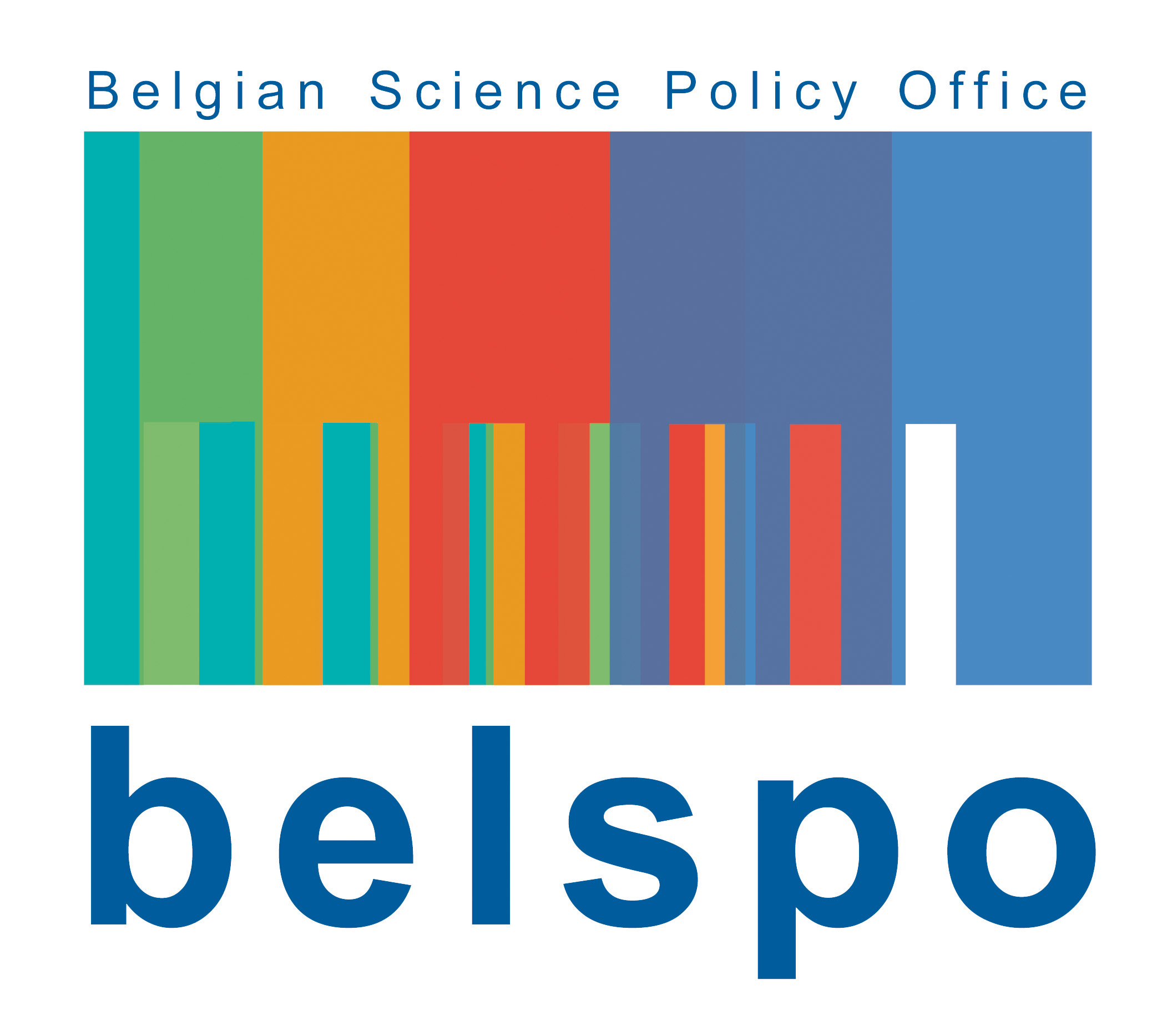Work package 1: Protein folding (Partners P1, P3, P6, INT1)
Despite of intensive research work for the last 50 years [1, 2, 3], how a highly heterogeneously disordered polypeptide chain rapidly adopts its complex unique conformation, typically on a second to minute time scale, both
in vitro and
in vivo, remains one of the most important problems in biology. In particular, with multi-domain proteins (> 100 amino acids) the acquisition order of the different structural elements has been described in a very few cases only, and folding predictions remain hazardous. Moreover, although proteins in the cell are clearly subject to the same laws of physics as they are in the test tube, most of them need assistance by molecular chaperones in order to fold and acquire function on a biologically relevant time scale. In that respect, protein folding catalysts are also required to catalyze the rate-limiting steps of the folding process, such as disulfide bond formation and peptidyl prolyl
cis-trans isomerisation. In this project, we will combine complementary experimental approaches aiming at a better understanding of the protein folding problem, both
in vitro and
in vivo. In particular, we will study the
in vitro protein folding of selected proteins of special interest, such as serine and zinc β-lactamases. We will also unravel the pathways of disulfide bond formation in the model α-proteobacteria,
Caulobacter crescentus.
Further to a comprehensive knowledge of protein folding, understanding misfolding events that result in the malfunctioning of biological processes and hence disease is just as important as understanding how the right fold is achieved [4]. These disorders include a series of neurodegenerative pathologies (e.g., Alzheimer’s, Parkinson’s and Huntington’s diseases) as well as more than twenty systemic amyloidoses [5]. The incidence of all these age-related conditions is inexorably increasing in the ageing population and they represent a major unmet medical need. Thus, despite recent progress in understanding amyloid formation, major questions especially concerning
in vivo amyloidogenesis remain unanswered. These include the role of extrinsic factors (i.e. humoral, cellular and tissular), which may explain the molecular basis of tissue specificity. In this project, following our achievements in the frame of IAP phases IV and V, we will investigate
in vitro the molecular mechanism of aggregation of: (i) human lysozyme (systemic amyloidosis), (ii) chimeric proteins composed of BlaP β-lactamase and polyglutamine stretches (model proteins for the study of Huntington’s disease) and (iii) Aβ-peptide (associated with Alzheimer’s disease). In addition, transgenic Caenorhabditis elegans strains expressing some of these proteins will be created to study fibril formation and toxicity
in vivo.
In the last few years, the presence of functional, on-pathway amyloid deposits have been demonstrated in both Bacteria and Eukaryotes. One such system is that of curli fibers in biofilm matrices of
Escherichia coli and
Salmonella enterica. Curli are amyloid fibers [6] that are formed through a dedicated, tightly controlled biosynthetic pathway. We will investigate the molecular process that controls the secretion of the amyloidogenic subunits and safeguard the cell from the detrimental premature, off-pathway deposition.
Bibliography
[1] Baldwin, B. (2008) Annu. Rev. Biophys. 37, 1-21
[2] Dill, K. et al. (2008) Annu. Rev. Biophys. 37, 289-316
[3] Bartlett, A.I. and Radford, S.E. (2009) Nat. Struct. Mol. Biol. 16, 582-588
[4] Dobson, C.M. (1999) Trends Biochem. Sci. 24, 329-332.
[5] Dobson, C.M. and Chiti, F. (2006) Annu. Rev. Biochem. 75, 333-366.
[6] Chapman, M.R. et al. (2002) Science 295, 851-855.
For more details, go to
the detailed WP1 project
Go to WP2
Go to WP3
Go to WP4
Go to WP5
Go to WP6

